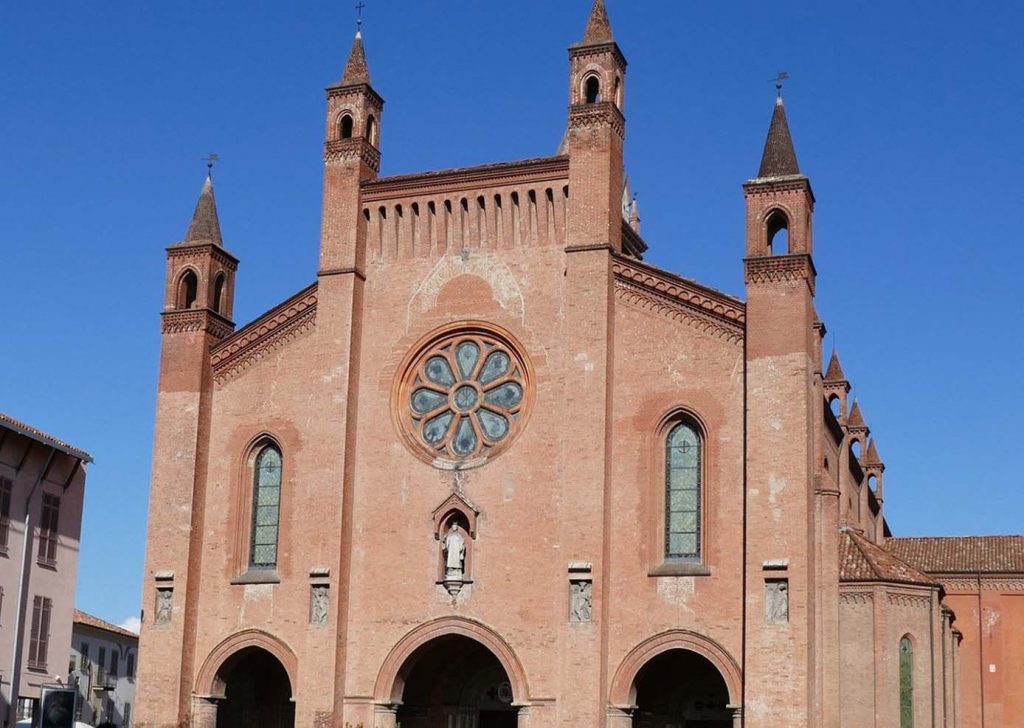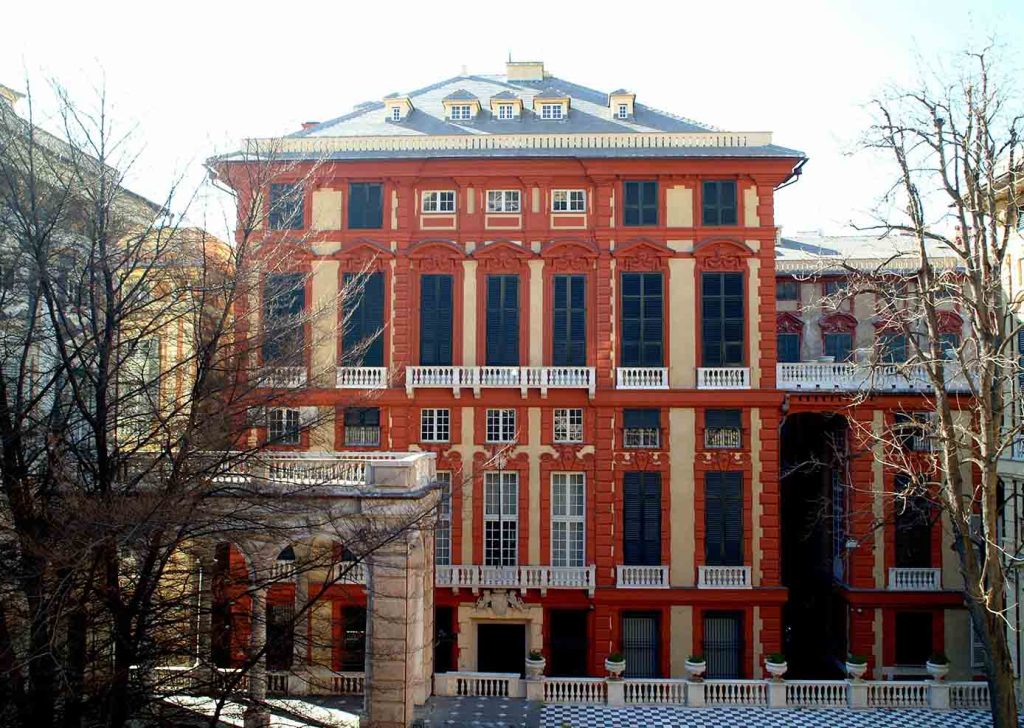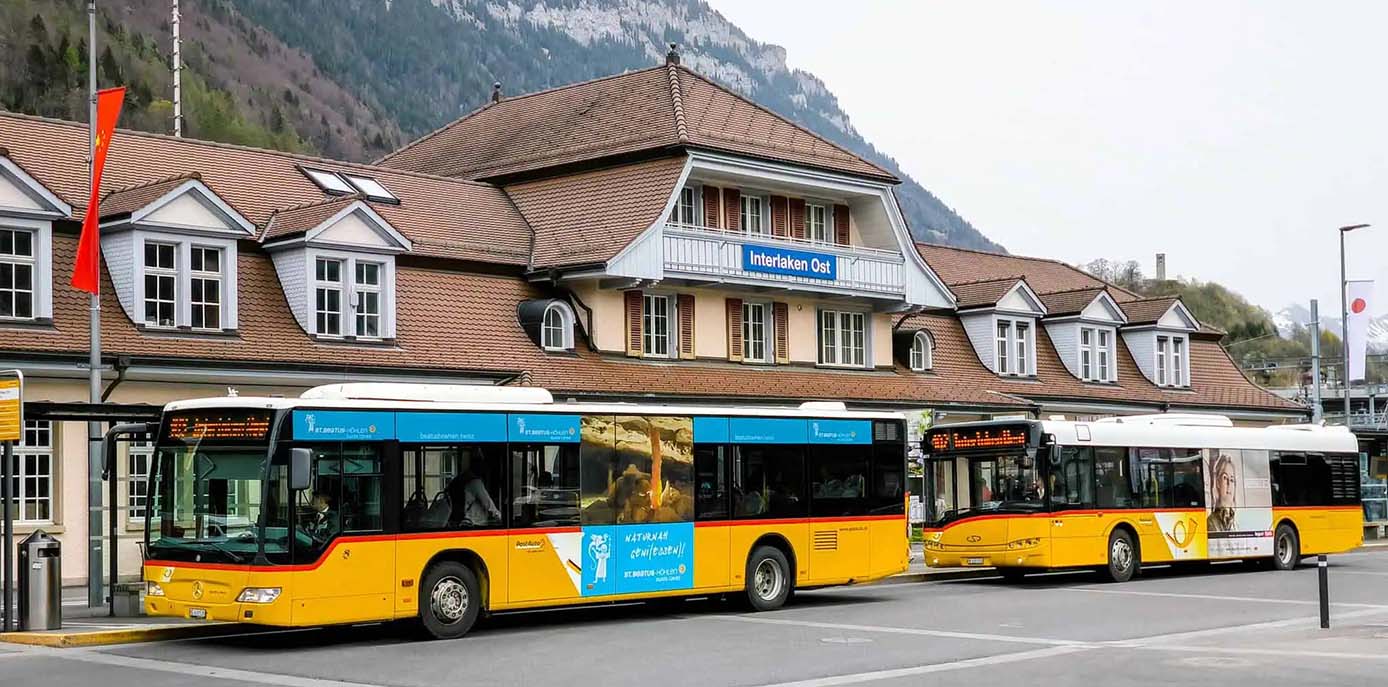Genoa wasn’t my first stop in Italy, but it offered me my first chance to truly slow down my travel pace. This northwestern port city boasts rich history, deep artistic heritage, and stunning natural beauty—especially in autumn, when sea breezes turn crisp, plane trees start to yellow, and I felt like I’d walked into a painting shaped by harbor, alleyways, and sunlight. On this trip, my greatest gains weren’t just the scenery, but the “small details” I learned about Genoa’s transport, ticket systems, and language. If you’re planning your first trip here, this comprehensive guide aims to save you time and effort.
1. How to Reach Genoa: Flights, Trains, or a Road Trip
I began my journey in Central Europe and chose to fly. Genoa Cristoforo Colombo Airport isn’t a major hub, but it offers daily direct flights from Munich, Paris, Frankfurt, Amsterdam, and other European cities—convenient for continental travelers.
If you’re traveling within Italy, I highly recommend taking the train. Trenitalia’s Frecciarossa and Intercity services run daily between Milan, Florence, Rome, and Genoa. From Milan, it takes just 1 hour and 40 minutes.
For those who want freedom to explore the Ligurian coast, driving is a great option. Italy’s highways are well maintained, and a two-hour drive from Milan or Turin brings you into Genoa. In autumn, the scenic coastal route is especially captivating.
2. Getting Around Town: Walking, Buses, Trams, Funiculars, and the Metro
Genoa’s unique, narrow layout is wedged between hills and sea, lending its transport system layered complexity. Genoa’s unique and narrow cityscape, nestled between the Ligurian Sea and steep hills, gives its transportation system a distinctive, multi-layered character. Navigating it can be a delight in itself—especially in autumn, when the weather is pleasant and the city’s textures come to life.
a. Walking
The historic center, known as the Caruggi, is a labyrinth of narrow alleyways and cobbled paths where cars rarely venture. Nearly all major attractions—like Piazza de Ferrari, Via Garibaldi, and the Porto Antico—are within a short walking distance from each other. For instance, the stroll from Cattedrale di San Lorenzo to the old port takes only about 10 minutes. The streets, however, are often uneven and occasionally steep, with stairs appearing without warning. I found a good pair of cushioned walking shoes essential for exploring without discomfort.
b. AMT Public Transport
AMT (Azienda Mobilità e Trasporti) operates Genoa’s comprehensive public transport network, which includes buses, a metro line, several funicular railways, and public elevators—essential tools for navigating the city’s elevation changes.
- Buses (Autobus) cover much of the city but can be slow during peak hours. connect nearly every corner of the city, from the coastline to hilltop neighborhoods, though delays are possible during rush hours.
- Trams are limited but useful for connecting the old town with elevated districts. are less common but still serve select routes linking key districts with elevated residential areas.
- Funiculars and public elevators are a hallmark of Genoa. I especially recommend the Zecca–Righi Funicular in autumn; it’s a beautiful 10-minute ride that reveals terracotta rooftops fading into the orange and gold hues of hillside foliage.
- The Metro runs on a single line with just eight stations, but it’s highly practical—especially the stretch between Brignole train station and the old port. Clean, punctual, and easy to use, it’s perfect for quick urban transit.

c. Tickets & Fares
AMT’s unified fare system means one ticket type works across buses, metro, funiculars, and elevators—making it easy to switch modes as needed.
- A single journey ticket costs €1.50 and is valid for unlimited transfers within 100 minutes.
- A 24-hour pass is €4.50 and offers unlimited rides for one full day.
- Multi-day passes (48hr and 72hr) provide great value for tourists wishing to explore every corner without worrying about individual fares. I personally opted for a 48-hour pass, which turned out to be incredibly cost-effective and convenient.
Ticket purchase options include:
- Ticket machines at train and metro stations are user-friendly and support multiple languages.
- The AMT smartphone app allows ticket purchases on the go and accepts digital wallets and cards.
- Tabacchi shops, recognizable by a “T” sign, are widespread and often sell transport passes.
- On certain modern buses, you can tap your contactless credit card directly upon boarding—a quick solution for spontaneous trips.
3. Ticket Guidelines for Key Attractions
Genoa has many sights worth visiting—and many that can be enjoyed for free. During my autumn trip, I visited most of the major spots. Here’s a practical ticket guide.
a. Acquario di Genova
Italy’s largest aquarium is ideal for all ages, showcasing seahorses, sharks, penguins.
- Adult ticket: €29; Children: €21
- Book online in advance to skip queues
- Official site supports Chinese and accepts secure payments
- You can upgrade to a bundled ticket with an audio guide
b. Musei di Strada Nuova
A must for art lovers—home to Palazzo Rosso, Palazzo Bianco, Palazzo Doria Tursi, with works by Caravaggio and Van Dyck.
- Combo ticket: €9 adult, €7 student
- Free entry on the first Sunday of the month
- Chinese language guides available
- Allocate a whole afternoon to truly savor the art
c. Cattedrale di San Lorenzo
Entry to the church is free, but there’s a fee to climb the bell tower or visit the crypt.
- Bell tower: €5
- In autumn, the soft light at dawn or dusk creates spectacular views
d. La Lanterna
Genoa’s iconic lighthouse offers panoramic views over the Ionian Sea and city.
- Ticket: €6
- Closed on Mondays—visit on a clear autumn afternoon
e. Free Must-Sees
- Boccadasse fishing village: a colorful, sea-facing gem perfect for photos
- Belvedere Castelletto: an excellent lookout accessible via funicular or walking
- Via Garibaldi: historic streets lined with UNESCO-listed palaces, like a free open-air museum
4. Language Tips: Give a Little, Get a Lot
English isn’t widely spoken as in Milan or Rome. In traditional eateries and small shops, locals often only speak Italian. Learning a few phrases goes a long way.
Essential Phrases:
- Buongiorno! (Good morning)
- Per favore / Grazie! (Please / Thank you)
- Un caffè, per favore. (A coffee, please)
- Dov’è la stazione? (Where is the station?)
- Posso pagare con carta? (Can I pay by card?)
- Parla inglese? (Do you speak English?)
Even a simple “Buongiorno” brings immediate warmth. Italians appreciate polite attempts—they’ll often help enthusiastically even if your Italian is imperfect.
5. Autumn in Genoa: Weather, Outfit, and Local Events
Autumn is my top pick for visiting Genoa—mild weather, fewer tourists, lively colors.
a. Weather
- September: Daytime ~24 °C, nighttime ~18 °C, often sunny
- October: Cooler, ~18°C–12 °C, occasional clouds and showers
- November: Chilly, ~14°C–8 °C, rainier—bring an umbrella

b. What to Wear
My go-to outfit is a light jacket over a long-sleeve shirt, paired with jeans or chino pants. By late October, I added a thin sweater and windbreaker. If planning tower visits or hill walks, pack anti-slip sneakers.
c. Autumn Events
- Festa della Marineria (end of September): harbor celebrations, ship exhibits, maritime performances, free boat rides
- Euroflora (select years): a spectacular flower festival, not annual
- Weekend flea markets: held at various squares—especially Piazza Matteotti—offering charming local finds
6. Recommended Apps & Websites
To make your trip smoother, here are essential apps I used:
- AMT Genova App: This was my go-to for checking real-time bus and metro schedules, as well as purchasing transit tickets directly from my phone. The interface is intuitive, and it even alerts you to service changes or delays.
- Trenitalia App: Ideal for booking train tickets and checking schedules, especially if you’re coming from or heading to other Italian cities like Milan or Florence. It supports English and multiple payment methods.
- TheFork: A lifesaver for spontaneous meal plans. I used it to discover highly rated local restaurants and reserve tables, often with discounts. Some hidden gems don’t even appear on Google Maps but are listed here.
- Google Maps offline: Absolutely essential in Genoa’s historic center, where narrow alleys and old buildings often cause GPS interference. Downloading an offline map helped me navigate confidently without signal issues.
- Musei di Genova website: For anyone planning cultural visits, this site offers updated information on exhibitions, ticket prices, and opening hours. It also includes virtual tours and supports multiple languages for easier planning.
7. Travel in Detail, Memories in the Small Moments
Genoa doesn’t overwhelm you at first glance—it seduces you through subtlety: a sun-faded wall, a hidden alley, the echo of bells, clothes hanging from balconies, the unhurried rhythm of cafés. These moments reward those who walk slowly, observe deeply, and listen attentively.
This autumn, Genoa taught me not only the city’s architecture and soul but also a new travel rhythm: no rushing, just lingering around corners, discovering gallery lanes, and communicating in imperfect but heartfelt Italian. May these detailed pointers help you, and I hope you too will encounter your own slice of old-time magic in Genoa.
.jpg)


